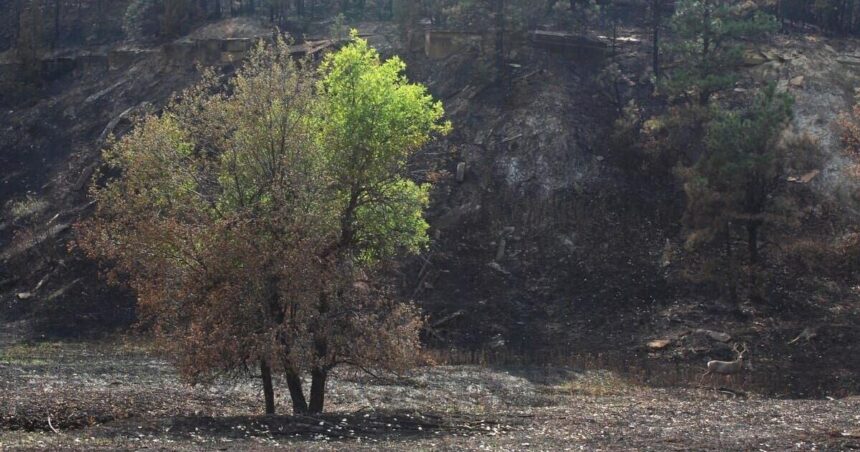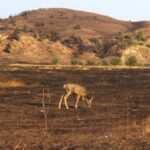Jim Gilliland was seated at the kitchen table in his ranch house, going through the assortment of papers scattered before him. The aftermath of the Remington Fire was visible just 200 yards outside his window, marking the destruction caused by the wildfire that burned tens of thousands of acres in September. After witnessing the fire spread towards his ranch, Gilliland was forced to shelter the animals and deal with the loss of hay bales, water tanks, and a significant number of cattle.
Many ranchers in southeastern Montana, like Gilliland, relied on the land for pasture, but the Remington Fire turned their grasslands into a 190,000-acre blaze. The impact of the fire attracted attention from local and statewide officials, with relief programs being made available to affected farmers and ranchers. The containment of the fire raised concerns about potential ongoing costs due to the presence of coal seams in the region.
Cory Cheguis, a fire chief and expert on coal seam fires, highlighted the challenges of mapping and extinguishing these fires. The collaboration between counties and the allocation of funds for mapping and mitigation efforts are steps towards addressing the long-lasting impacts of the Remington Fire.





